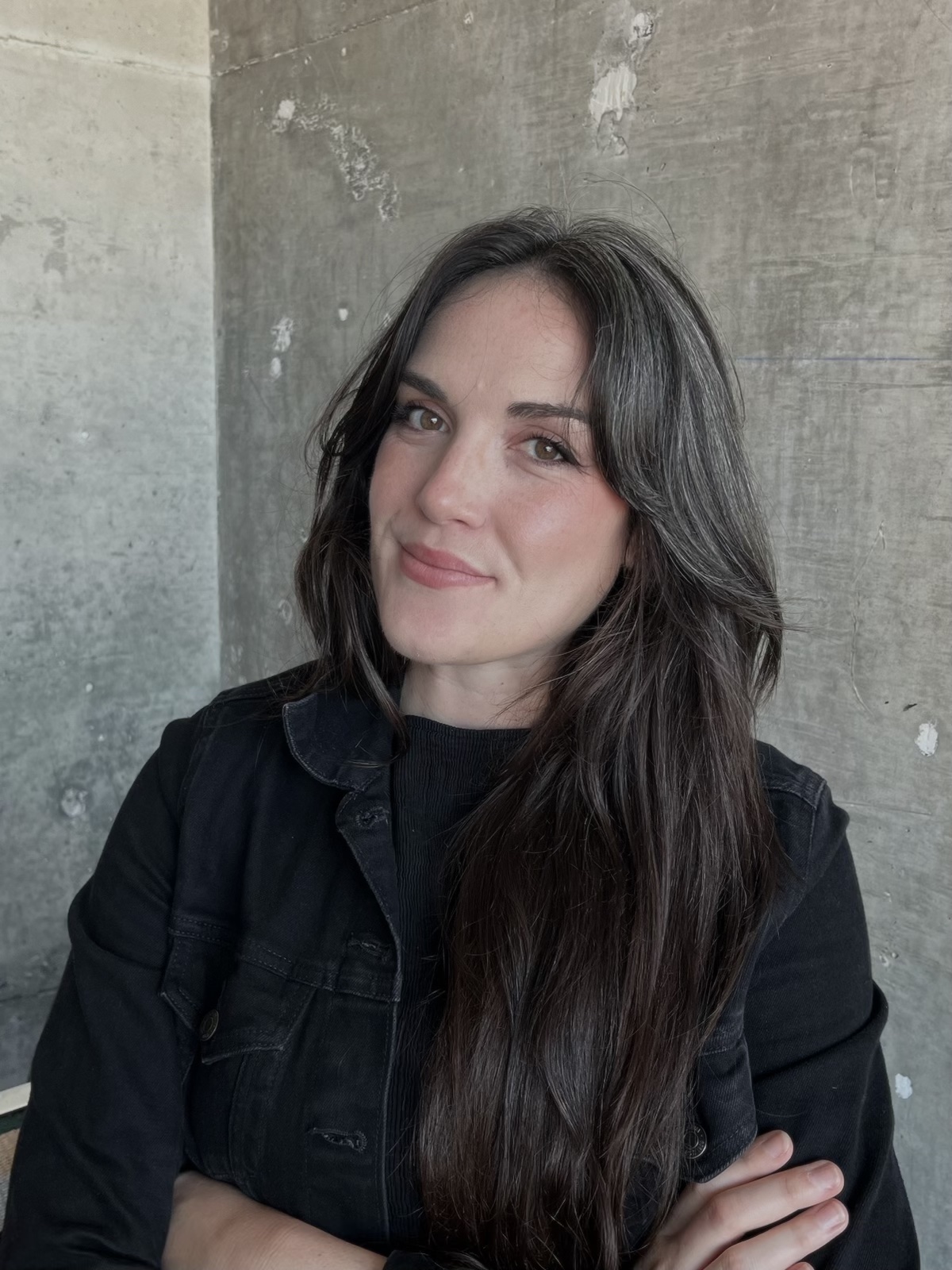
Two scholars land coveted spots at the nation’s top art research institute.
Two doctoral candidates from UC Santa Barbara’s Department of History of Art and Architecture, Elizabeth Driscoll Smith and Sylvia Faichney, have been named Wyeth Fellows at the Center for Advanced Studies in the Visual Arts (CASVA). Housed at the National Gallery of Art in Washington, D.C., CASVA is the Gallery’s research institute and offers the most prestigious national-level fellowships in art and architectural history: limited to ten total pre-doctoral fellowships nationally.
The two-year Wyeth Fellowship, sponsored through the Wyeth Foundation — the famed family of realist painters, including Andrew Wyeth — is a highly competitive award for which pre-doctoral students must be nominated by their departments. Finalists are then flown to D.C. for a rigorous group interview and presentation. “CASVA is one of the few fellowships that requires an interview, in addition to you submitting a really lengthy application,” Smith explained. The fellowship provides two years of funding plus housing, a rarity that Smith called “one of the biggest privileges that an art historian could experience.”
The fellowship places scholars at the center of a vibrant intellectual community, housed at the museum and inside their phenomenal multi-story library. This residential community at CASVA includes the fellows, along with appointed professors, research associates, and staff, totaling about 50 individuals. Each fellow receives a dedicated office within the East Building of the National Gallery of Art, and the program's structure promotes active scholarly exchange through weekly meetings where fellows present their work-in-progress.
Elizabeth Driscoll Smith: From dissertation to curatorship

Elizabeth Driscoll Smith
Smith, a specialist in 20th-century American art and material culture, recently completed her fellowship. Her dissertation, advised by Jenni Sorkin, professor and chair of History of Art and Architecture at UCSB, is titled “Build/Live/Work: Artist-Built Environments and the Expanded Vernacular in the Twentieth Century.” This project examines how self-taught artists who built out their homes and studios responded to new forms of transportation and mobility in the postwar United States. “Self-taught artists don’t often get that kind of attention, especially from places like CASVA,” Smith said. “It made me excited to be able to share my research with others”.
Though it was bittersweet, Smith chose to leave her fellowship’s final residential year for a once-in-a-generation opportunity: an endowed curatorial position as the Joyce Linde Assistant Curator of Folk and Self-Taught Art at the Museum of Fine Arts, Boston. She finds that the collaborative skills she developed as a Fellow are directly applicable to her new role. The fellowships emphasized “community building and listening to others' ideas, providing feedback," which, she noted, “is exactly what I do now in my job at the MFA.” As Sorkin said, “I am extremely proud of Liz: she came to UCSB as a first-generation college student with a great deal of ambition, and she has excelled in her work, and she has landed a major institutional position: I am so proud of her!
Sylvia Faichney: Concurrent fellowships, interdisciplinary research

Sylvia Faichney
Faichney, an architectural historian, is currently also a Wyeth Fellow. Her dissertation, “The Domesticated Landscape of War: Army Family Housing, Settler Belonging and Environmental Toxicity in the United States,” is advised by Professor Swati Chattopadhyay. Her research is inspired by both scholarly interests and her personal experience as a self-described “retired Army brat.” The project investigates how standardized military family housing created a “powerful landscape idiom to concretize settler belonging.”
Faichney is holding the Wyeth Fellowship concurrently with a residential Junior Fellowship in Garden and Landscape Studies at Dumbarton Oaks Research Library and Collection, also in Washington, D.C. The unique arrangement allows her to be in residence at Dumbarton Oaks during the non-residential first year of the Wyeth Fellowship. She said the two institutions perfectly complement her work; CASVA supports her interpretation of visual materials, while Dumbarton Oaks is renowned for supporting a cultural landscape perspective.
Professor Swati Chattopadhyay expressed her pride in Faichney’s achievements. “I am so glad to see Sylvia’s research recognized at the national level,” she said. “She has undertaken outstanding field work at military bases and will now be able to dedicate herself to archival research and writing with the support of these residential fellowships. Indeed, she received a third offer of fellowship from the Crystal Bridges Museum, which she declined.”
A culture of support
Both scholars attributed their success to the supportive and collegial environment within UCSB’s History of Art and Architecture department. “It’s really collegial in that way, and I think that’s what helps our department’s success,” Smith said, noting how faculty and peers helped her prepare for the stressful interview process.
Faichney agreed, adding that she felt supported in both the “practical as well as the theoretical underpinnings of our work.” She found a similarly nurturing intellectual community at the CASVA fellowship. “It feels great to move from our program and UC Santa Barbara, which I do feel is incredibly intellectually challenging and nurturing, to move to institutions that share a similar rigor and commitment.”